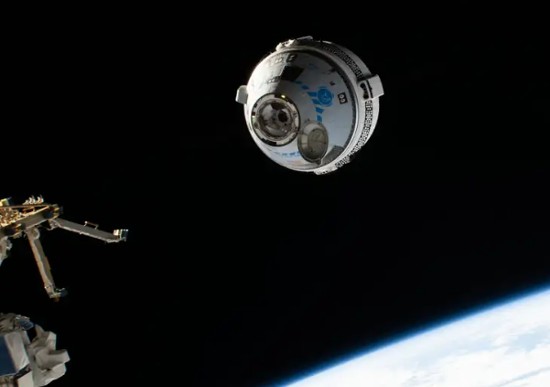In the last week, the Artemis 1 mission has left the assembly building and travelled to its launch site at Cape Canaveral. This is not the first time that Artemis has made this journey. And my guess is, it won’t be the last considering how Boeing has underperformed as the main contractor for the Space Launch System (SLS), the throwaway rocket that NASA is using to launch Artemis missions going forward. Overpriced, years delayed, and snafu-ridden, the SLS has been no more than a pork-barrel project funded by American politicians who want to funnel money to their own states and districts to gain popularity.
A perfectly good alternative that is reusable and cheaper just demonstrated its effectiveness last week when SpaceX launched a Falcon Heavy mission. Two of the first-stage booster rockets returned to land and will be reused. The main core was never to be reused. The Falcon Heavy’s cost for the mission was but a fraction of what SLS will cost American taxpayers for each Artemis Program launch.
Another Boeing project that has proven to be overpriced and underperforming is the Starliner. Boeing and SpaceX were both awarded contracts to build space taxis to ferry crews from Earth to the International Space Station (ISS). SpaceX built two versions of its Dragon partially reusable module, the first to ferry supplies to the ISS, and Crew Dragon to send people. The Cargo Dragon version has been in operational use since 2012. Crew Dragons have been flying astronauts to the ISS since 2020. NASA pays SpaceX about US $55 million per seat for these flights. And now the Dragon is being used to fly commercial crews to space and the ISS.
Compare this to Boeing’s Starliner. Boeing and SpaceX both were awarded space taxi contracts by NASA at the same time. After that Boeing has demonstrated an ineffectiveness in fulfilling the terms of the contract in a similar fashion to the work it has done on SLS. Fraught with design flaws, Starliner has yet to carry a demonstration crew on board. Its first crewless flight never made it to the ISS because of software glitches. The second crewless attempt finally docked with the ISS in May of this year. Following that mission, we were told that Starliner would fly a crewed mission late in 2022. Then the date slipped to 2023, and this week NASA announced a demo mission for April of next year with the first operational mission of Starliner not happening until 2024 “at the earliest.”
This means Starliner has yet to launch an operational mission in fulfillment of its NASA contract and the reasons why remain only known to the Agency. One would guess that NASA has little confidence in Boeing’s technology. Too many glitches have been logged regarding Starliner’s May mission including ongoing thruster problems, parachutes, and other unresolved technical and software issues. “Inflight anomalies” is the term NASA is using as the primary reason for delaying the commercial operation of Starliner.
And by the way, NASA pays Boeing US $95 million per seat for every astronaut Starliner will carry to the ISS, a $40 million premium over its costs when using the SpaceX Crew Dragon. Yet Boeing says that Starliner is a money-losing proposition with total losses amounting to $883 million to date.
Meanwhile, NASA’s SLS Boeing partnership which was slated to come in at $2 billion per Artemis mission launch is now expected to cost $4.1 billion, and over the last decade since it was first announced has cost the Agency more than $23 billion to date. No doubt, Boeing is claiming it is losing money on this contract as well.
If NASA were to walk away from SLS and start the Artemis Program using Falcon Heavy, and later switch to using the SpaceX Starship once it’s declared spaceflight worthy, the cost to the Agency could be reduced dramatically. The latest Falcon Heavy launch cost more than the $150 million SpaceX price tag established in 2019, but certainly considerably less than Boeing’s SLS. Falcon Heavy provides about 25% less maximum thrust when compared to the SLS, but you could send several Falcon Heavy missions into Earth orbit and assemble components Artemis there for a fraction of the cost of launching one SLS from Earth’s surface. And when Starship goes commercial it will dwarf SLS in terms of maximum thrust and payload capacity and will be reusable and a lot cheaper.
So why is NASA sticking with Boeing? Can someone at the Agency explain this to the American public with a rationale that makes sense?








[…] Then finally, there was Boeing’s lucrative commercial space taxi contract with the Starliner Commercial Crew Program worth billions, and you cannot help wondering where the company that first introduced the 707 in 1958, and the prestigious 747, introduced in 1970 that remains in use today by Presidents of the United States, has made so many wrong turns. […]